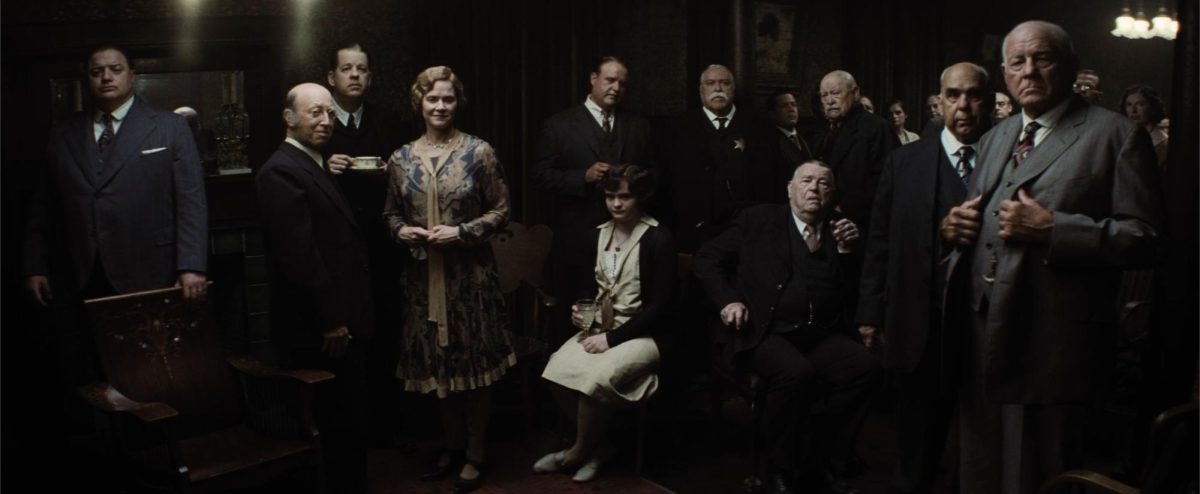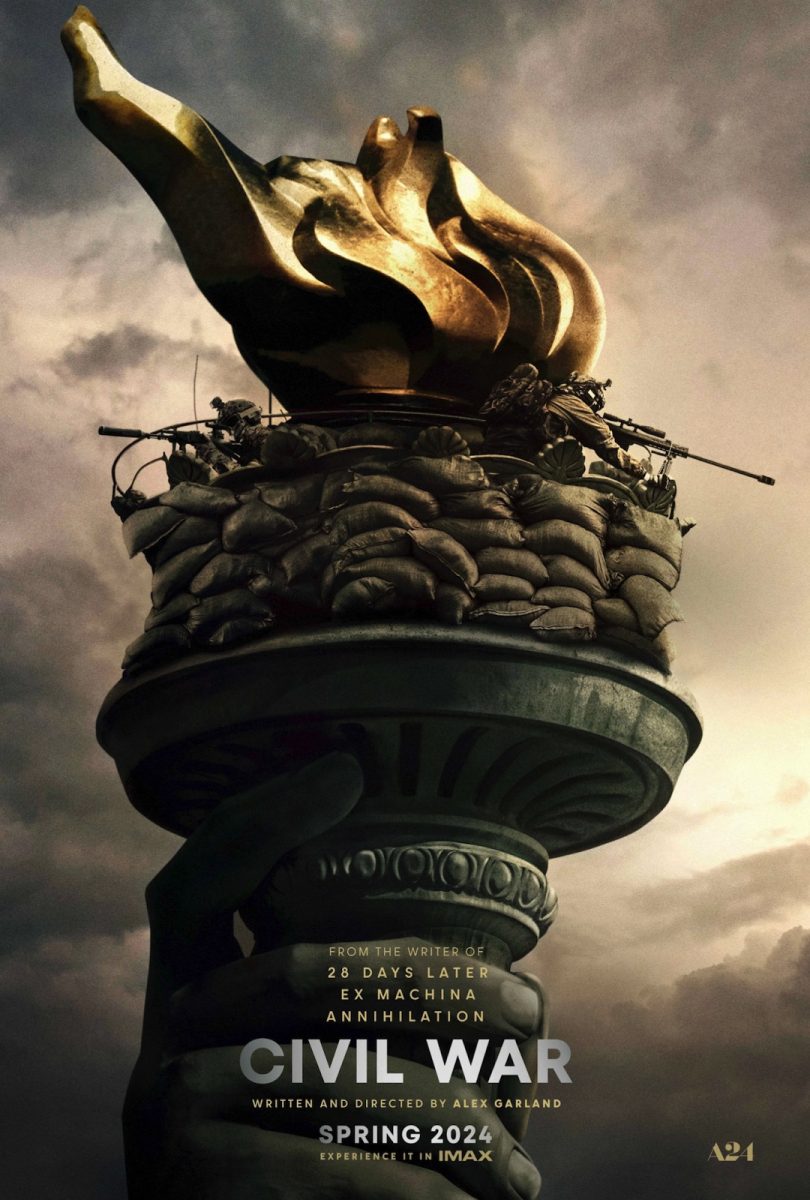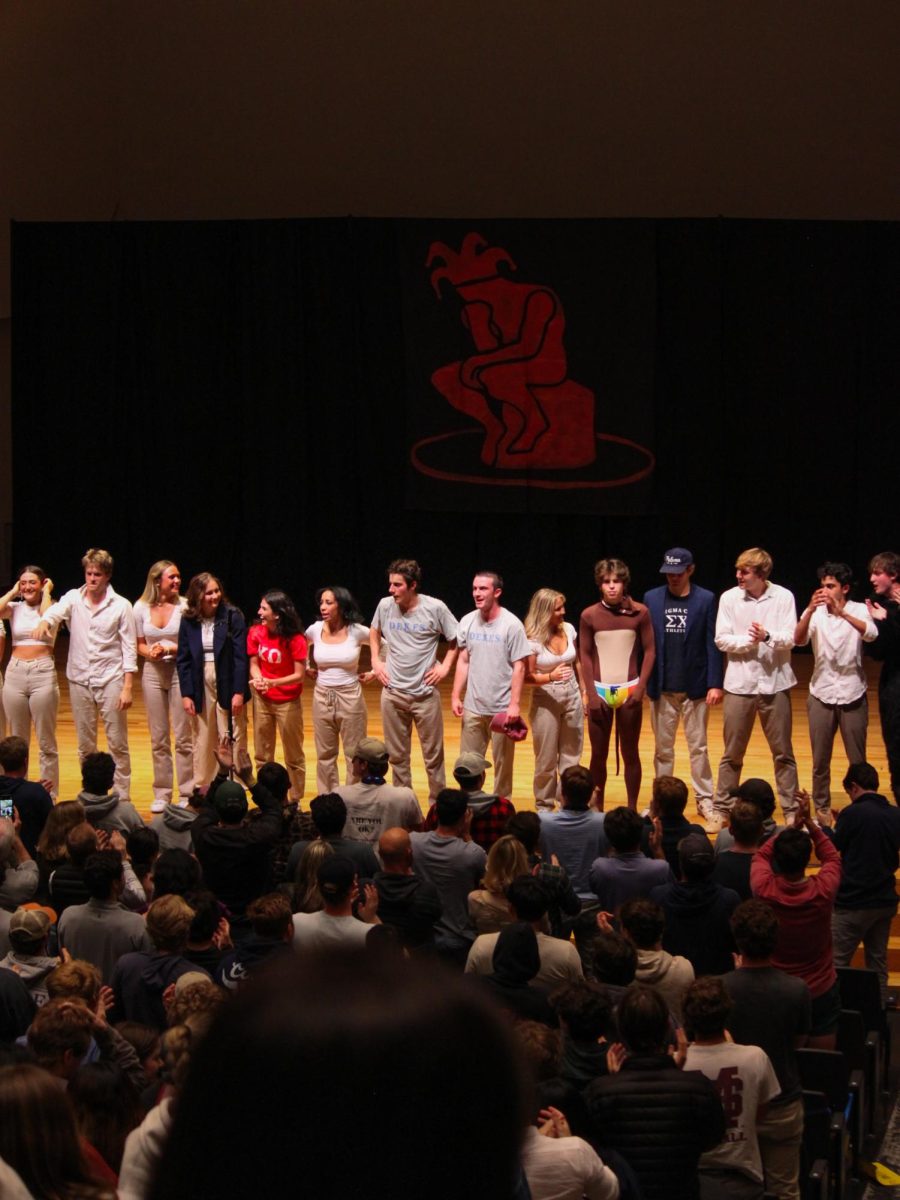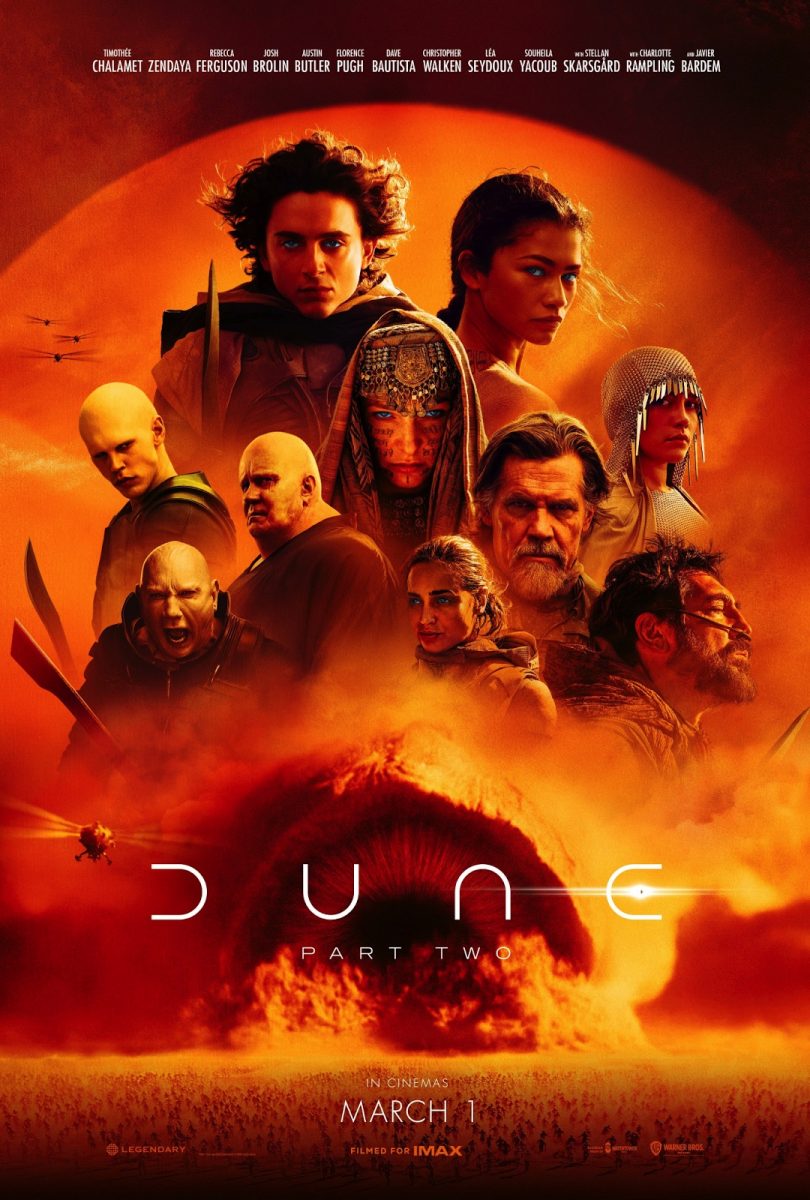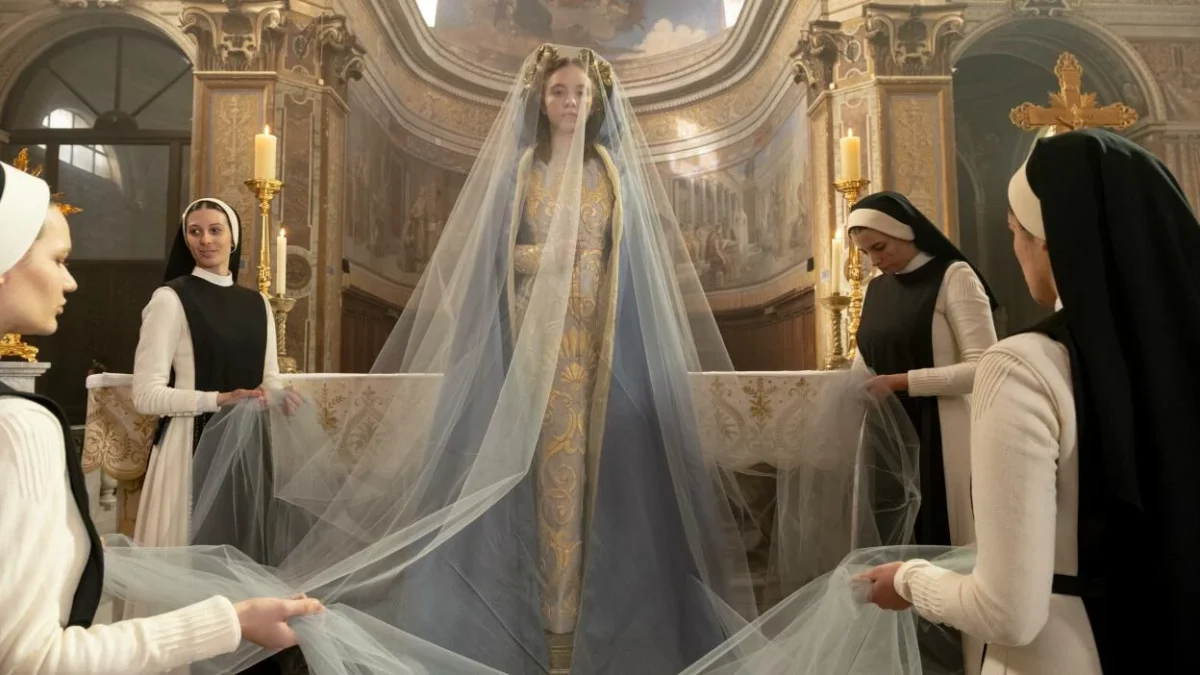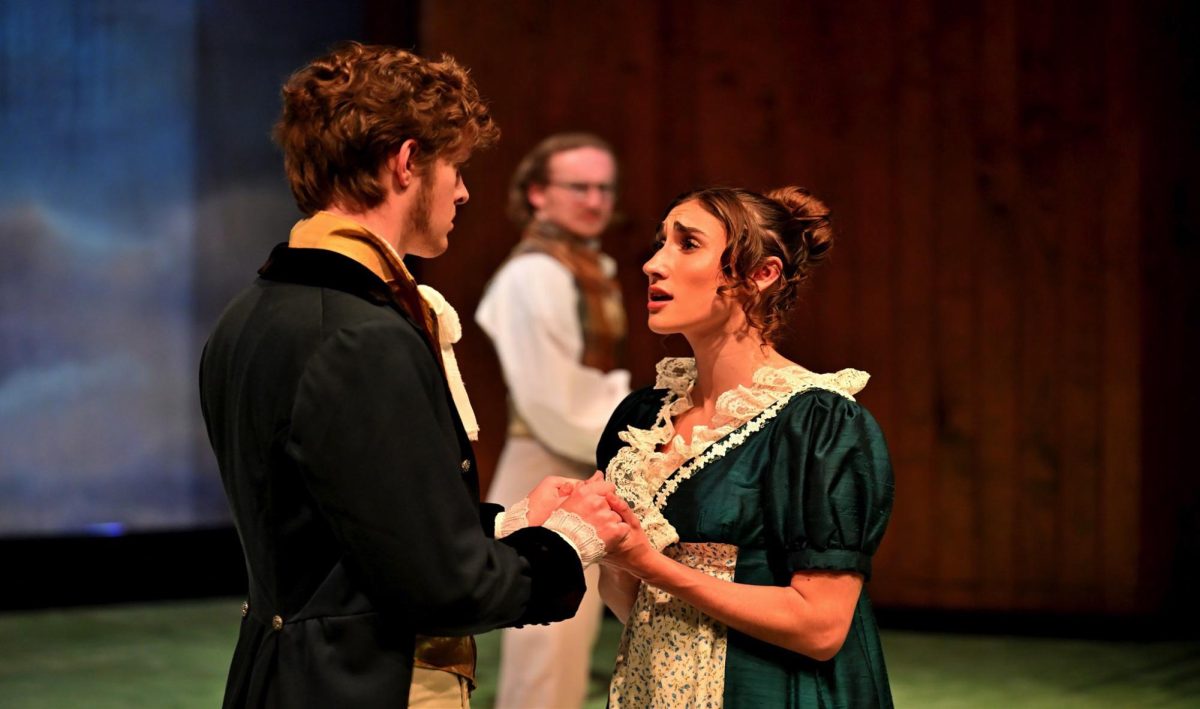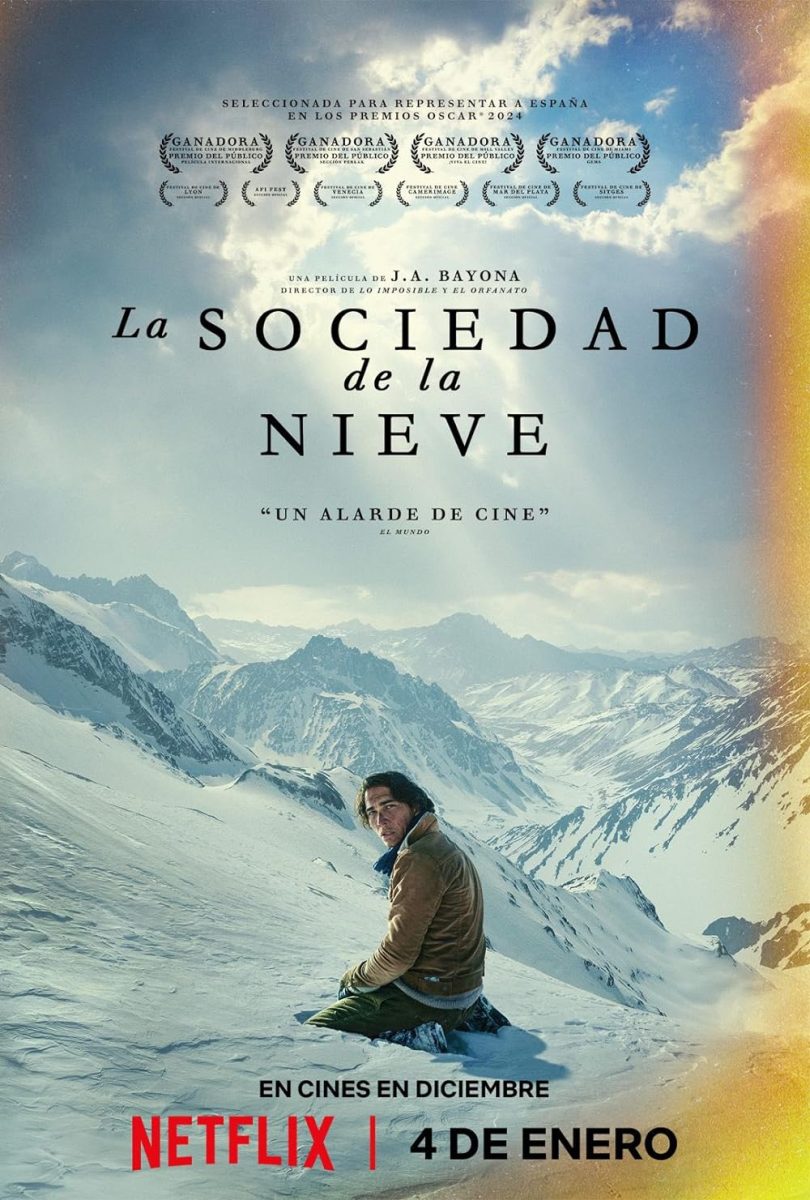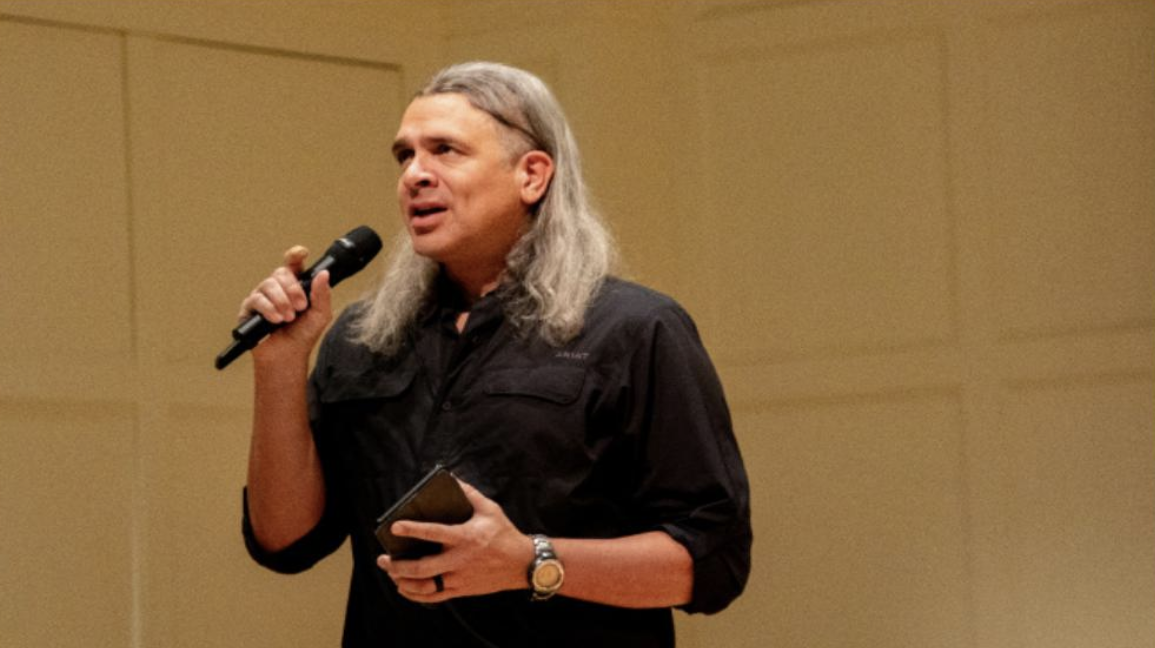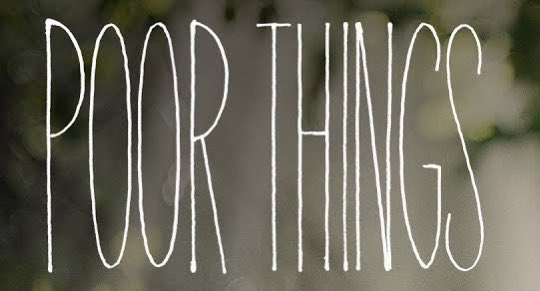“As far back as I can remember, I always wanted to be a gangster,” the late Ray Liotta’s Henry Hill announces in Martin Scorsese’s 1991 feature film “Goodfellas.” The line bursts with romantic nostalgic ooze, telegraphing to the audience in big, neon letters that the subsequent 146 minutes are a gritty distillation of what was the “Good ‘Ol Days.” But we can also surmise that this high has peaked… though not exactly sure how or where.
Scorsese rectifies his lifelong regret of not making “The Searchers” before John Ford with “Killers of the Flower Moon,” though the almost four-hour-long text is absent of such romanticization. There is no nostalgia to be found on the oil-stained lines of the American West. Ford knew this, too.
Based on David Grann’s award-winning book “Killers of the Flower Moon: The Osage Murders and the Birth of The FBI,” Scorsese’s latest film is seemingly the second installment following “The Irishman” (2019) in a potential trilogy of sorrowful meditations on American evil. Grann’s novel and Eric Roth’s screenplay adaptation recalls the horrific and true story of the systematic murder of dozens of Osage Native Americans in the early 1920s.
The Osage people, who had become enriched during an oil boom in the area, were targeted and murdered for their wealth by their white neighbors. Many of the murders went unsolved. The most heinous and public of these plots involved a concerted effort by William “King” Hale (Robert DeNiro) to seduce his nephew Ernest Burkhart (Leonardo DiCaprio) into marrying Mollie Kile (Lily Gladstone) in order to kill off Kile’s sisters, so that she — and by extension Burkhart and Hale — assumes full headrights to the family fortune.
The bulk of Scorsese’s stories have always been of paranoid, boisterous men expanding their enterprises however they could, whether at the billiards table or in the streets of 19th-century Manhattan. But “Killers of the Flower Moon” is a far more merciless, straight-up evil picture than what he’s conjured before. Perhaps this is because it isn’t a product of his imagination or pension for organized violence — it’s red-white-and-blue American history.
Grann’s novel and Eric Roth’s screenplay adaptation recalls the horrific and true story of the systematic murder of dozens of Osage Native Americans in the early 1920s.
There are many stories like the Osage murders in America’s long, sordid history, such as the Tulsa Massacre, Wilmington coup and the 1985 MOVE bombing, to name a few. But none have been given such vivid attention in cinema before. The depiction of the organized conspiracy to destroy the Osage nation makes for one of the most confrontational films in recent memory.
By all means this is a phenomenal picture — sweeping in its drama and relentless in its brutality. There is so much art on display — nearly all levels of craft feel as if they are at the top of their game. The blocking, costume design, set design and cinematography are effortlessly of the highest caliber.
Much has been made of its runtime — most of said discourse has been in poor taste — but there is not a single frame wasted. The thought of needing some sort of set intermission, as some theaters have gotten in trouble for doing, is laughable. All hail Thelma Schoonamker, the breathless editor who has been creating order from chaos out of Scorsese’s mountains of celluloid since the ‘80s.
It will serve you well to remember the name Lily Gladstone. Her performance as Kile will be studied and applauded for years to come. Awards are guaranteed. DeNiro’s ferocious portrayal of Hale is a force to be reckoned with, as he plays a certain kind of lingering evil that requires a post-movie shower to get off your consciousness.
With that being said, DiCaprio’s mopey Burkhart is a letdown, especially given that he has come off of some recent career highs. He can’t seem to pick an accent and misses a lot of the quiet, confused rage that supposedly consumes his character. But even on his worst day, DiCaprio is still miles ahead of his peers — especially Brendan Frasier, whose performance I only reference because of its virality. It is distracting and out of place and, worse yet, still seems to be situated in the annoyingly overacted “The Whale” mode.
He can tell the story correctly, involve all the right consultants and have the best intentions, but the damage was done a century ago. There will be no justice for the Kile family. And he knows it.
Few historical dramas have ever featured a guiding creative voice laden with such guilt and sorrow. Scorsese correctly uses the film’s meaty 200-minute runtime to wrestle with his own complicity in the story, cleverly using his two most utilized players DiCaprio and DeNiro as analogs. To do so, Roth’s screenplay re-centers the story on Burkhart, a decision that has been met with criticism from some in the Osage community.
Many such critiques lament that it’s Kile’s story, not Hale & Co. — doing so makes the Osage purely victims in this story, lacking agency. This criticism is not without narrative or ethical validity. As a result, the mystery of the conspiracy is “revealed” all too soon — in spite of the movie’s procedural flow.
Slowly revealing the full scope of the conspiracy the way Kile or her family would have discovered it would have affected the dramaturgy enormously. But I suspect that’s because Scorsese’s intention is illustrative of the role he thinks he or the audience would have played in the ordeal during the period — that of either silent or active complicity. After all, why would he make the viewers’ perspective of the events 1:1 with Burkhart? He wants the viewers to be unwitting accomplices in order to grasp the sheer violence and terror inflicted on the Osage.
This thematic concept is furthered through the questionable, love-ambiguous relationship between Kile and Burkhart — almost as if the director used their romance to mirror the relationship between the artist and their subject. We don’t really know if Kile and Burkhart love each other. We know why the relationship started in the first place and can imagine its inevitable tragedy, but there is no dividing line between agenda and feelings.
The audience is shown gestures that demonstrate a level of affection, but it’s seemingly more transactional than anything (at least to Burkhart). Scorsese’s care for the subject will not save him. It will not redeem generational crimes. It will not salvage the American experiment from its genocidal foundations. He can tell the story correctly, involve all the right consultants and have the best intentions, but the damage was done a century ago. There will be no justice for the Kile family. And he knows it.
Update Nov. 14: The headline of this article was updated for brevity.


